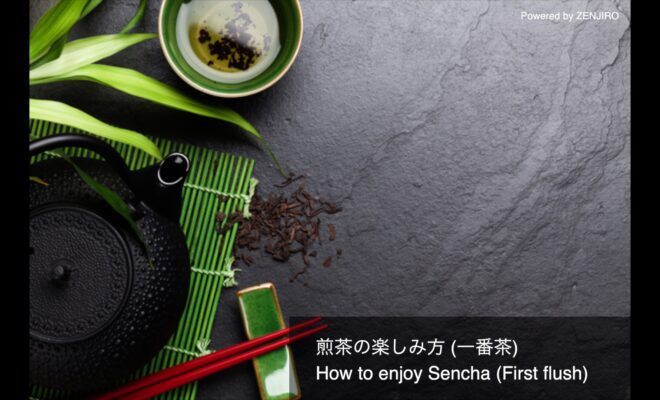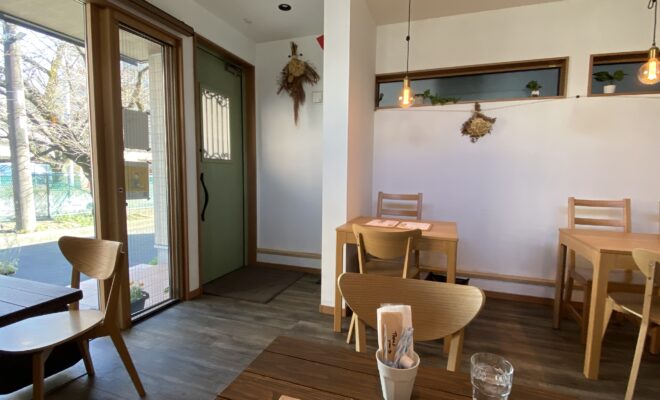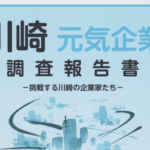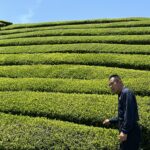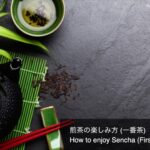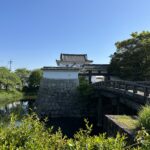Many of the traditional crafts that symbolize Japanese culture are related to vessels. Mino-yaki pottery, which is also used for tea ceremonies, and Arita-yaki Kakiemon porcelain, which is the basis of Meissen in Germany.
However, the oldest traditional craft is Urushi lacquerware. Urushi lacquer is a natural resin obtained by scratching the Urushi tree. Wooden vessels coated with multiple layers of Urushi do not fade or deteriorate even with chemicals such as thinner and alcohol. It also has excellent strength-enhancing properties. In a research institute’s experiment in which E. coli and mold were attached and left in a 36˚C environment for 24 hours, the E. coli decreased to 1/1000 and the anti-fungal effect was also remarkable. Urushi lacquer was also used as an adhesive.
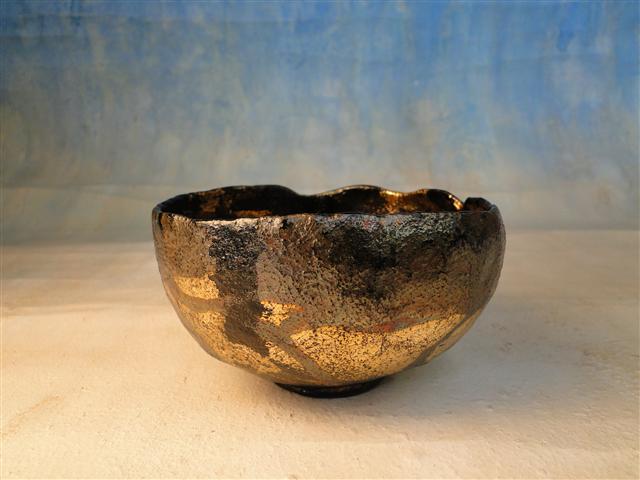
As for the oldest Urushi lacquerware, 9,000-year-old urushi ware was discovered in excellent condition from Jomon period ruins in Hokkaido, and 12,600-year-old pieces of Urushi ware were discovered from shell mounds in Fukui Prefecture. The Jomon period lasted more than 10,000 years, from about 16,000 years ago to 3,000 years ago. In recent years, new discoveries have continued one after another, fascinated archaeologists around the world. The last ice age on Earth ended 19,000 years ago, when global warming began and by the beginning of the Jomon period sea levels rose 120m. Dated 5,900 years ago, the Sandai-Maruyama site in Aomori Prefecture predates the first Egyptian dynasty.
In the Jomon period, the climate was warm, and there were plenty of marine products and nuts, and agriculture was also practiced. Urushi ware was born in nature with rich four seasons. When raw Urushi lacquer comes in contact with your skin, you may get a rash, but this is an allergic reaction caused by a component called urushiol. There are individual differences in the degree of rash, but it is said that Europeans and Americans are more prone to rashes than Asians.
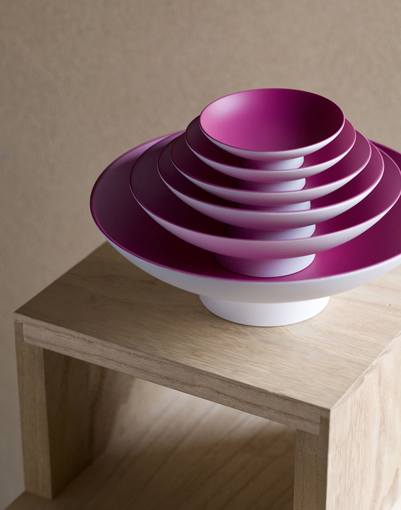
Traditional crafts have been handed down to the present day, but Suzanne Ross, a Urushi lacquer craftsman living in Wajima, Ishikawa Prefecture, is an English woman. When she was a student, she came across an Edo period Urushi lacquer inkstone box and was drawn to it and came to Japan at the age of 22. She has been a Urushi lacquer craftsman for over 30 years.
Click here for her website
https://www.suzanneross.art/english-1




